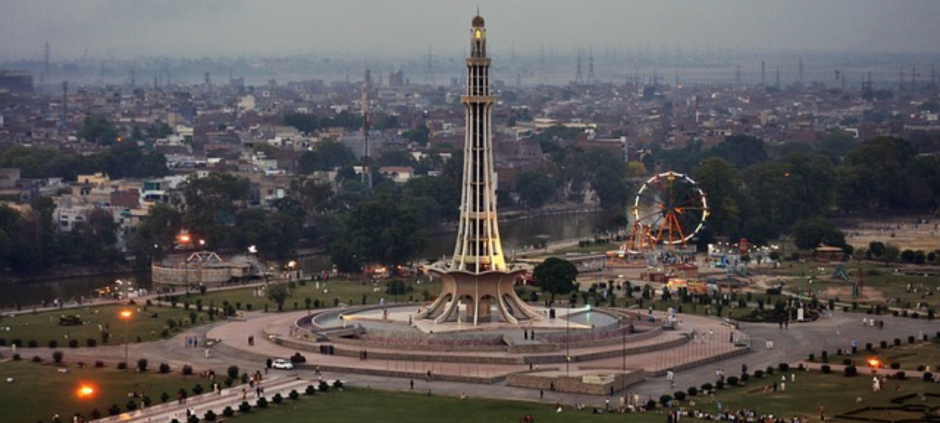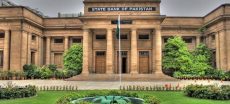Lahore is grappling with a harsh and early heatwave that experts say is the result of unrestrained urban growth and climate change. Once celebrated for its balanced seasons, the city now swings between suffocating smog and searing temperatures, with the Pakistan Meteorological Department (PMD) forecasting daily highs of up to 40°C — well above April’s average.
The shift is not just anecdotal. PMD data shows a consistent rise in Lahore’s April temperatures, with the 2022 peak of 42°C potentially being matched or exceeded this year. Environmental experts link this trend to mass deforestation, rapid urban sprawl, and the shrinking of green spaces. Between 2010 and 2017 alone, Lahore lost 70% of its tree cover.
Also Read: PDMA Issues Guidelines as Heatwave Threatens Punjab
According to the Punjab Urban Unit, the city’s built-up area has almost doubled over the last two decades, while green space now makes up just 2.8% of total land. This concrete expansion has amplified the “urban heat island effect,” causing buildings and roads to retain and radiate heat, especially during the night.
In response to the dangerous conditions, authorities have issued heat safety advisories urging residents to take precautions such as avoiding midday exposure, staying hydrated, and caring for at-risk individuals. However, experts argue that these short-term measures won’t be enough in the long run.
To tackle what may become a permanent climate crisis, urban planners and environmentalists are calling for sustainable development practices, including tree-planting campaigns and integration of climate resilience into city infrastructure. Without immediate reform, Lahore may soon become inhospitable for many of its residents.











